Case study
The 5 Dimensions of Customer Experience
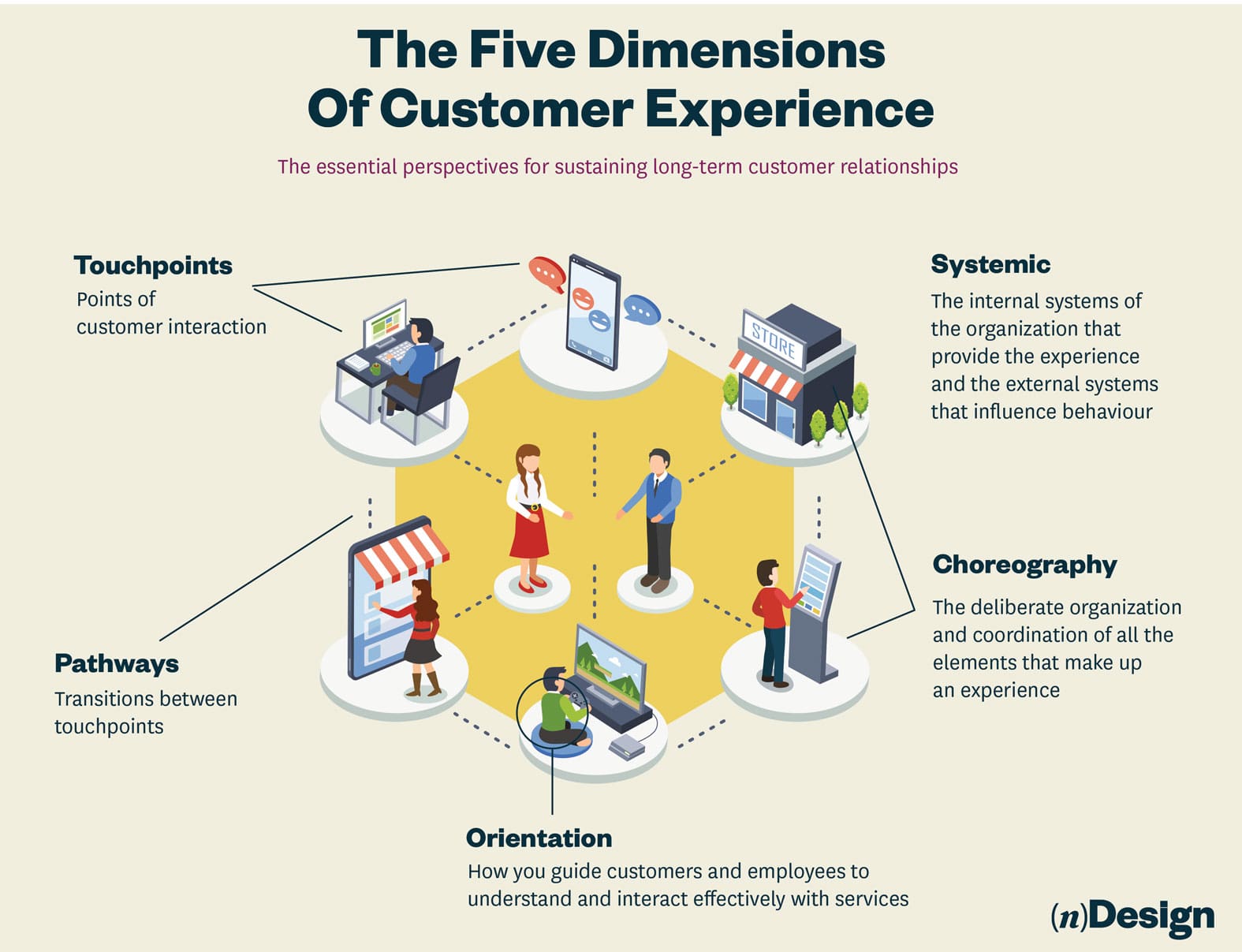
the challenge
solving the right problem
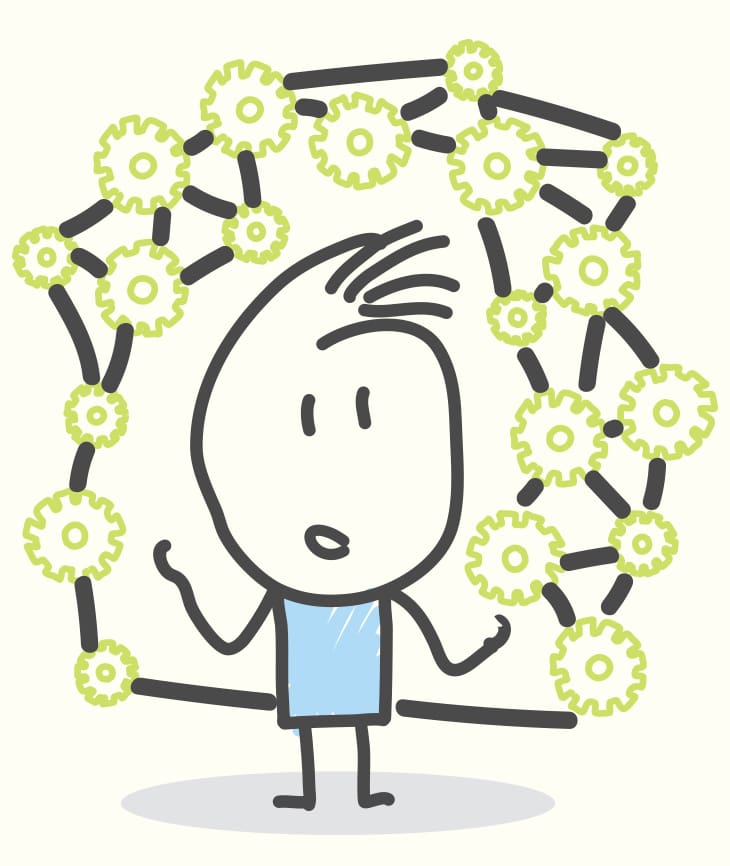
Guiding Questions
- What attributes are common to all types of experience?
- Do these attributes signal some underlying themes?
- Can we turn these themes into guiding principles/dimensions?
Dimension #1 - Touchpoints
Touchpoints are direct interactions between customers and a business, encompassing both obvious and subtle elements. These touchpoints are critical as they often form lasting impressions that can be either positive or negative.
Examples:
- websites
- ads
- customer service centers
- third party online resources
- search engine profiles.
Organisations frequently overlook subtle touchpoints or don't appreciate the impact of poorly designed ones remaining blissfully unaware of the impact on the perception of their customers, leading to confusion or frustration when erroneous expectations are set and then unmet. Another tension point happens when organisations manage touchpoints separately by department, leading to a disjointed customer experience as they are developed and delivered inconsistently to the customer.
To properly support a positive customer experience, businesses need to view touchpoints as interconnected components of a holistic journey that are only as good as their weakest link.

Dimension #2 - Pathways
Effective touchpoints require seamless transitions called “Pathways”. ”. They are crucial for smoothly guiding customers from one touchpoint to the next, much like a relay race's hand-off maintains momentum.
Examples:
- next steps
- directions
- wayfinding signage
- app navigation
Pathways are often overlooked, with organisations focusing more on individual touchpoints rather than on connecting them effectively. Poorly designed pathways disrupt the customer journey, complicating transactions and leading to lost and frustrated customers.
Dimension #3 - Orientation
Ensuring customers and employees feel well-oriented in their experience is crucial to reducing frustration and confusion as they navigate a service experience to accomplish their goals, both as a service user or as a service provider.
Examples:
- visual overviews
- progress bars
- consistent visual & verbal cues to maintain predictability
- readily available assistance like customer service or easily accessible help options
- incorporating cultural and contextual sensitivity to cater to diverse users
- clearly defined roles, responsibilities, & expectations
- employee onboarding & training
Orientation is crucial to an individual's ability to quickly and effectively orient themselves to achieve their objectives, even in unfamiliar and/or stressful circumstances.
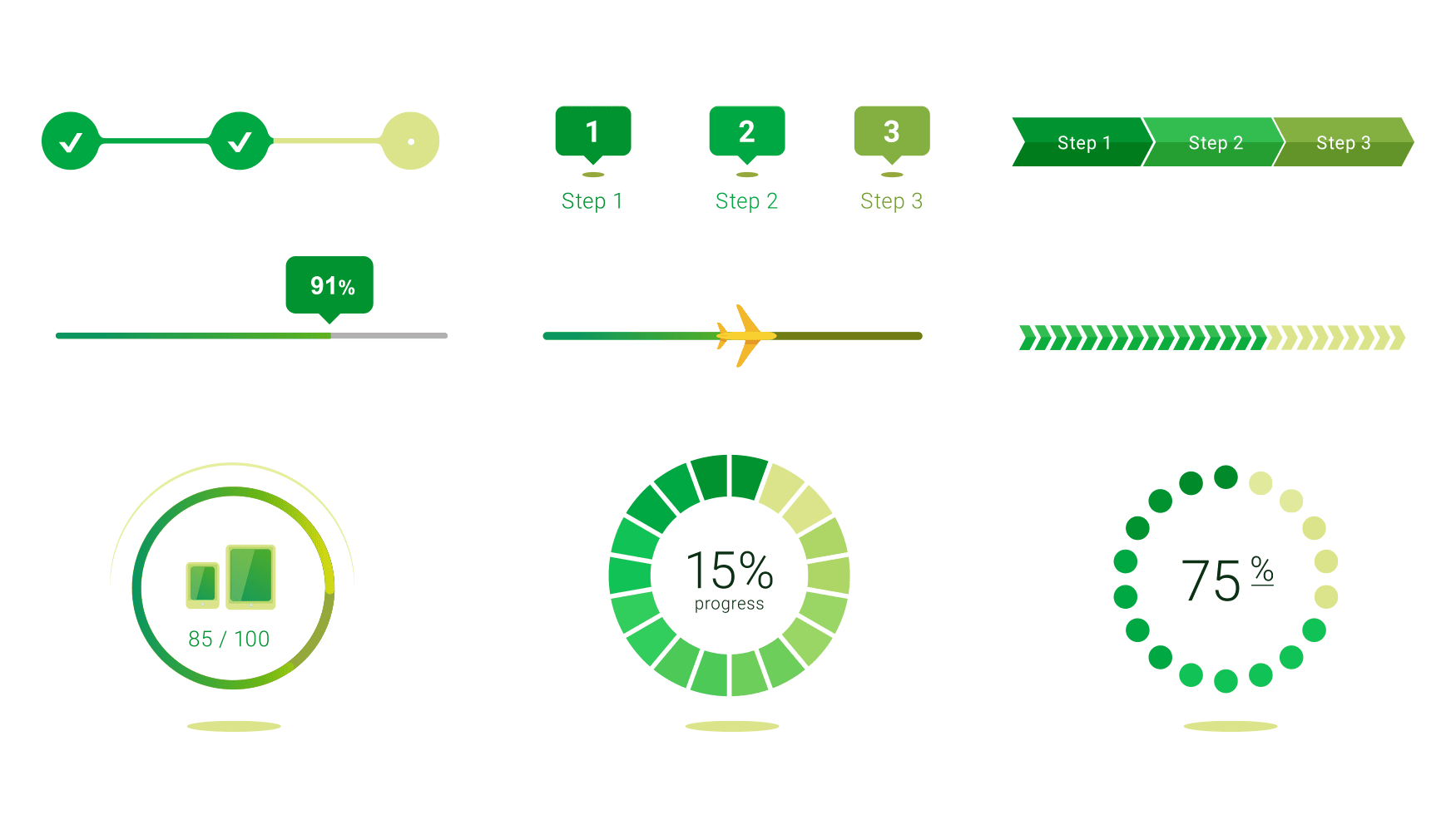
Dimension #4 - choreography
Choreography is the internal cooperation among departments, suppliers, and distributors, and is critical in executing memorable customer interactions.
Examples:
- internal processes like sales & operations
- technology integration
- supply chain management
- partnerships
It is crucial to ensure internal processes and process changes align with customer value to avoid negatively impacting the customer experience. Successful organisations transform traditional silos into unified teams focused on delivering exceptional value through their customer experience.
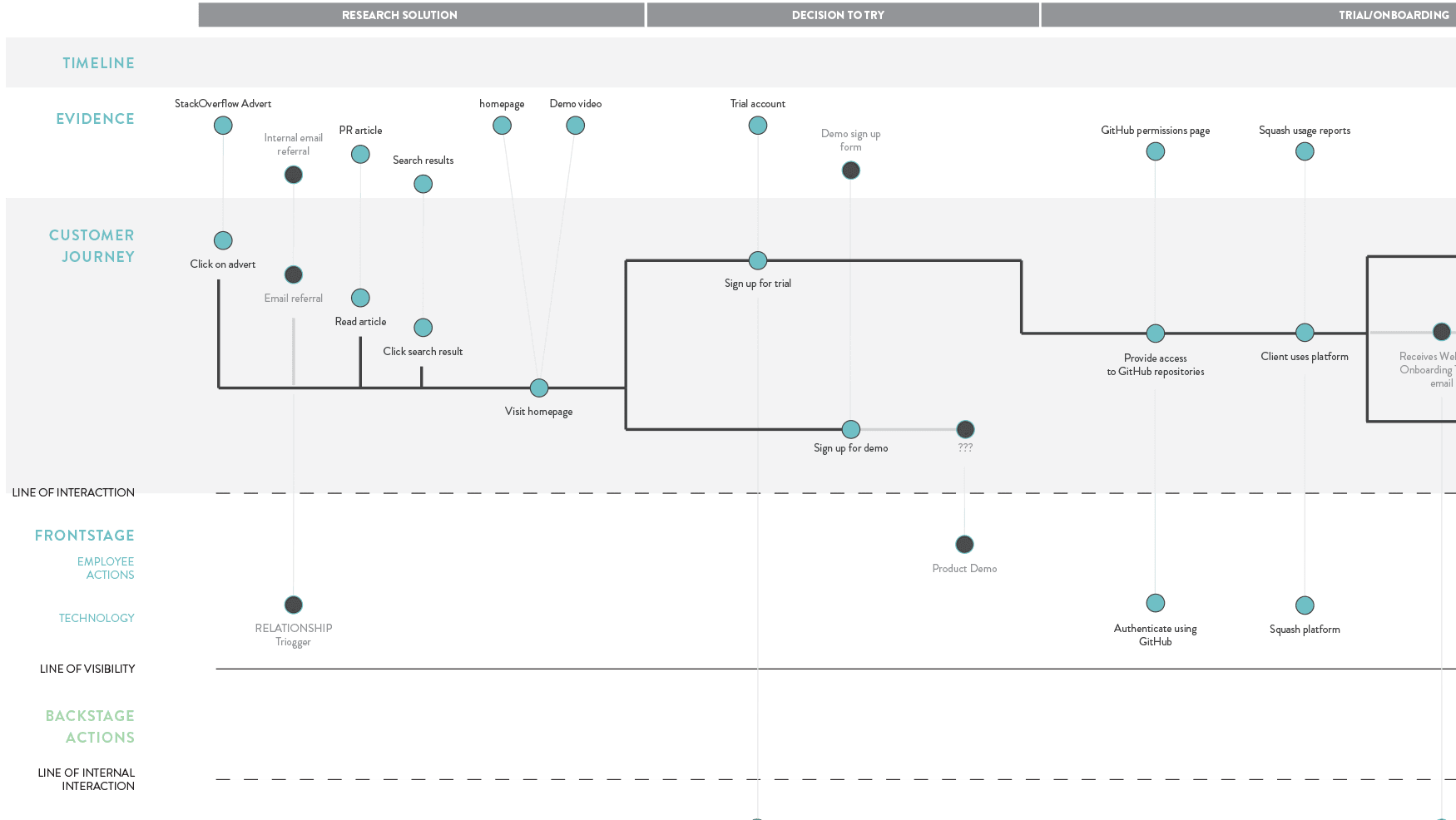
Dimension #5 - Systemic
Internal and external systemic influences significantly shape customer experiences. Internal influences dictate the efficiency and quality of service delivery. External influences shape consumer expectations and satisfaction.
Internal Examples:
- organisational structure & purpose
- corporate culture
- technological infrastructure
External Examples:
- market dynamics
- technological advancements
- cultural & social factors
These systemic challenges represent a different type of problem. They don't have a single "solution." Instead, organisations must approach them through a systemic lens to understand the key leverage points in these systems where they can intervene to push the system towards more desirable outcomes.
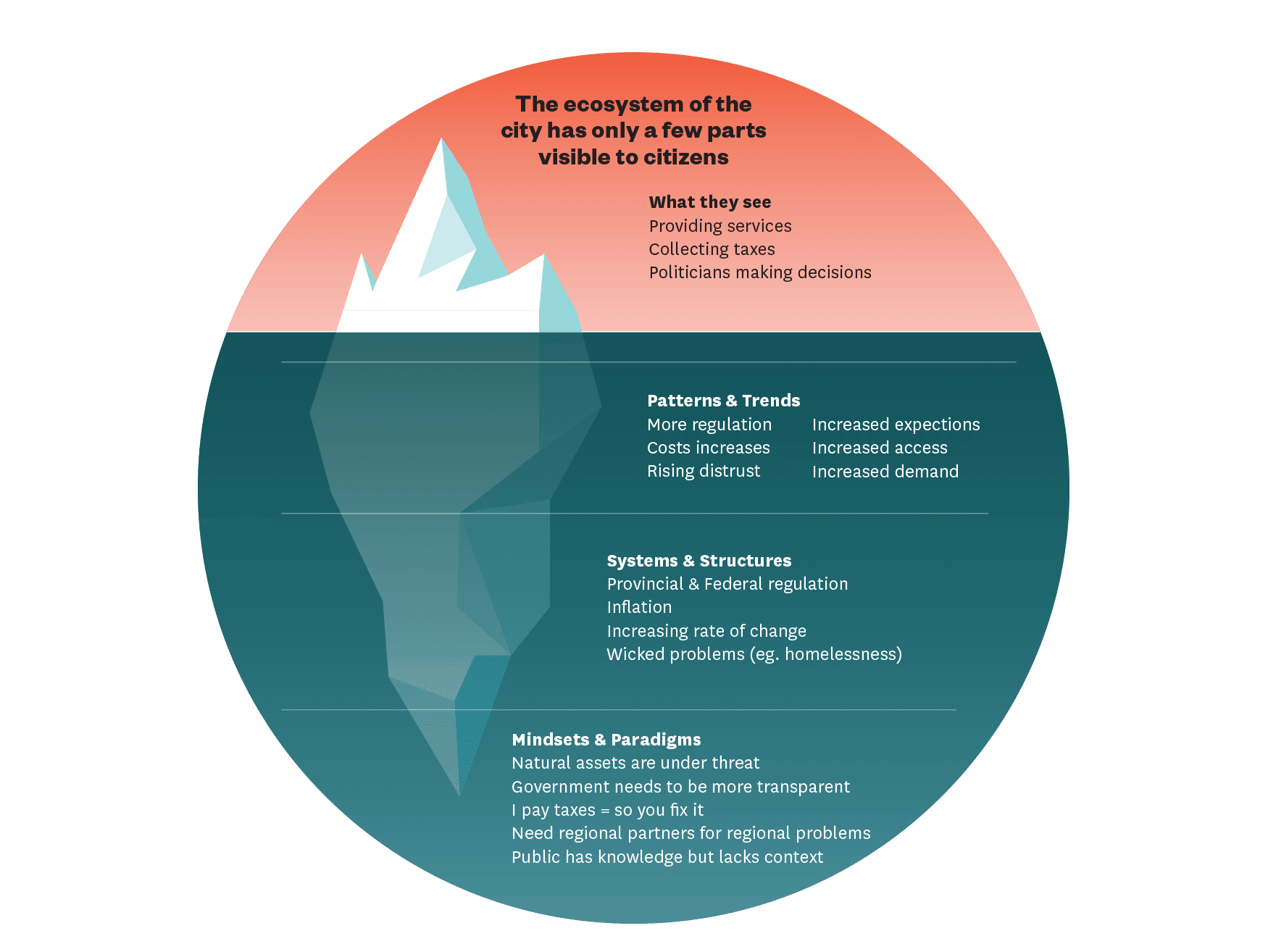
Key Insight
Customer experience is nuanced, subjective, and personal. However, there are 5 underlying principles that apply to all types of experience that we can leverage to evaluate and guide improvements to any organisation’s customer experience.
